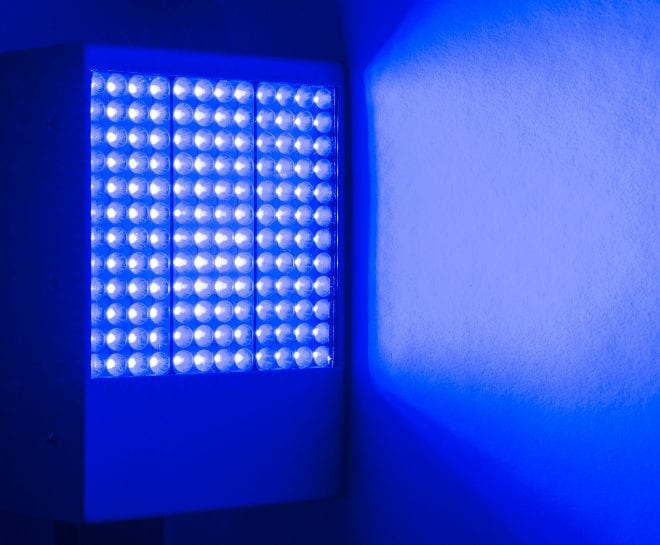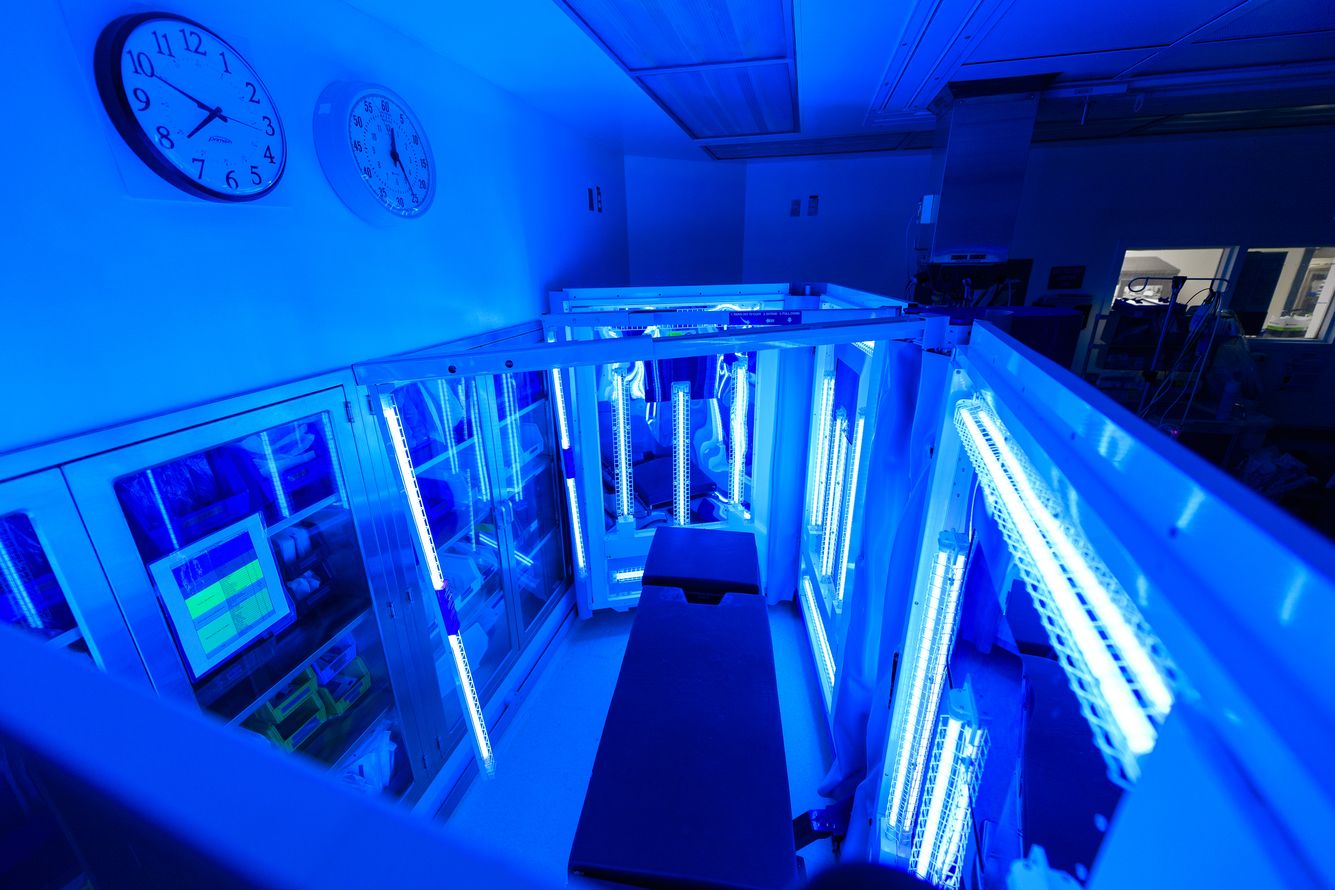Changing Hygiene Requirements: The Duty of UV Surface Disinfection in Health And Wellness
Changing Hygiene Requirements: The Duty of UV Surface Disinfection in Health And Wellness
Blog Article
Checking Out UV Sanitation: A Vital Device in the Fight Versus Dangerous Virus
As the world deals with an ever-increasing danger from dangerous microorganisms, the look for effective methods of sanitation has actually ended up being an urgent top priority. While typical cleansing methods have actually revealed some success, there is a growing acknowledgment that we need to discover ingenious techniques to deal with these undetectable enemies. One such method that has amassed significant attention is UV disinfection. Taking advantage of the power of ultraviolet light, this innovation has actually demonstrated promising lead to eliminating a large range of virus. However just how does it work? What are the advantages? And where can it be applied? In this conversation, we will explore the globe of UV sanitation, discovering its possible as a crucial tool in the battle against harmful microorganisms.
Just How Does UV Sanitation Work?
UV sanitation works by utilizing ultraviolet (UV) light to get rid of hazardous virus and prevent their spread. This highly efficient method entails using UV radiation to disrupt the DNA and RNA of microbes, making them unable to reproduce and creating their supreme devastation.
When UV light is made use of for sanitation, it is generally sent out from a light or light bulb that generates a details wavelength of UV-C light. uv surface disinfection. This wavelength, varying from 200 to 280 nanometers, is particularly effective at penetrating the external cell wall surface of microorganisms, infections, and various other microbes. As soon as inside the cell, the UV radiation targets and damages the genetic material, protecting against the microorganism from reproducing and causing infection
UV disinfection systems are made to give off the appropriate intensity and period of UV light to make sure efficient virus removal. The dose of UV light needed for disinfection depends on factors such as the kind of bacterium, its resistance to UV radiation, and the particular application. Additionally, the system has to be meticulously crafted to guarantee proper direct exposure of the target microorganisms and to avoid any potential injury to people or the environment.
The Advantages of UV Disinfection
UV disinfection uses a wide variety of benefits in properly removing harmful microorganisms and minimizing the danger of infection. Unlike traditional disinfection approaches that depend on chemicals, UV disinfection uses ultraviolet light to destroy the DNA and RNA of microbes, making them unable to replicate and trigger infections.
Another substantial benefit of UV disinfection is its efficiency in eliminating a vast array of virus. UV light has actually been proven to efficiently get rid of germs, viruses, fungi, and protozoa, consisting of those that are resistant to typical disinfectants. This broad-spectrum performance makes UV sanitation a versatile tool in various settings, such as health care facilities, water treatment plants, and food handling industries.
Along with its effectiveness, UV sanitation additionally supplies rapid sanitation cycles. Unlike other techniques that need extended get in touch with times or repeated applications, UV disinfection can attain substantial virus decrease in an issue of secs. This effective and quick process enables improved productivity, decreased downtime, and enhanced total functional performance.
Additionally, UV sanitation is a non-contact technique, which implies that it does not call for straight physical contact with the surface areas or items being sanitized. This function makes it suitable for use on delicate equipment and delicate materials that might be harmed or affected by various other disinfection methods.
Applications of UV Sanitation in Health Care

UV sanitation is additionally utilized in the sterilization of medical equipment and instruments. In addition, UV sanitation is used in water treatment systems within health care centers.
Furthermore, UV disinfection modern technology is employed in the disinfection of medical care attires and individual safety tools (PPE) By using UV light, healthcare experts can make sure that their attires and PPE are devoid of microorganisms, stopping Visit Your URL the transmission of infections between clients and healthcare employees.
UV Disinfection in Public Spaces
Public spaces are increasingly implementing UV disinfection modern technology as an essential step to fight the spread of damaging microorganisms. With the continuous worldwide pandemic and the continuous risk of infectious diseases, the demand for reliable sanitation techniques in public areas has actually ended up being vital. UV sanitation supplies a trusted and efficient solution hereof.

UV disinfection systems utilize ultraviolet light to deactivate the DNA and RNA of bacteria, viruses, and other pathogens. The use of UV sanitation modern technology in public rooms not just aids in reducing the threat of infection but also imparts confidence among the public concerning their safety and security.
As public rooms continue to adjust to the obstacles positioned by transmittable diseases, UV disinfection innovation plays an important role in making sure a risk-free and clean setting. By carrying out such actions, public spaces can effectively mitigate the spread of damaging microorganisms and add to the overall well-being of the community.
The Future of UV Sanitation Modern Technology
As the need for improved disinfection methods remains to expand in feedback to the continuous worldwide pandemic and the consistent danger of contagious illness, the future of UV sanitation innovation holds promising innovations in guaranteeing much more efficient and efficient pathogen obliteration in different setups.

One area of innovation is the development of more small and mobile UV disinfection tools. These devices would enable simpler and a lot more adaptable deployment in a range of setups, such as workplaces, schools, and transportation systems. In addition, advancements in automation and robotics are being checked out to boost the effectiveness and performance of UV disinfection processes. This consists of using independent robots equipped with UV-C lights to navigate and disinfect large areas rapidly and accurately.
One more location of expedition is using UV sanitation in air purification systems. By integrating go to this web-site UV-C lights into a/c systems, airborne microorganisms can be properly reduced the effects of, decreasing the danger of transmission in interior atmospheres.
Moreover, scientists are checking out using UV sanitation in food processing centers to make certain the safety and security and top quality of food. UV-C light has been located to be efficient in getting rid of foodborne virus, offering a chemical-free option to standard sanitation methods.
Conclusion
In final thought, UV sanitation is a necessary tool in the fight versus hazardous microorganisms. With its capability to offer a chemical-free and ecologically friendly technique of sanitation, UV modern technology holds great potential for the future.
UV disinfection systems are designed to give off the suitable intensity and duration of UV light to ensure effective pathogen elimination. The dose of UV light required for sanitation depends on factors such as the look these up type of microorganism, its resistance to UV radiation, and the certain application. Unlike typical sanitation methods that depend on chemicals, UV sanitation utilizes ultraviolet light to destroy the DNA and RNA of microorganisms, making them unable to reproduce and create infections.In enhancement to its efficacy, UV disinfection likewise supplies fast sanitation cycles. One of the major applications of UV disinfection in medical care is in the sanitation of person spaces and running theaters.
Report this page